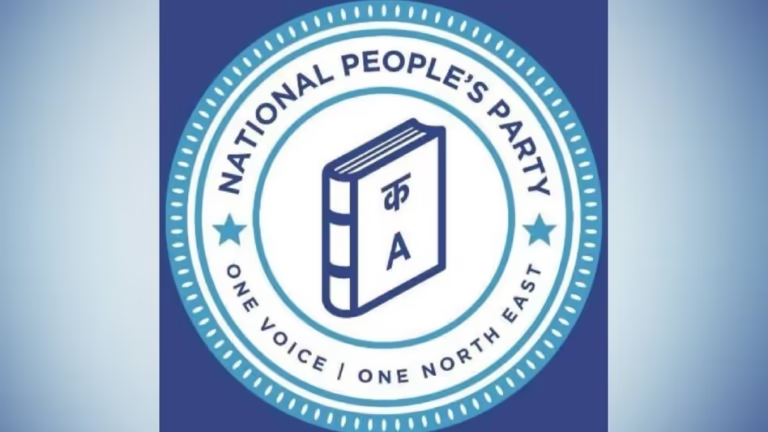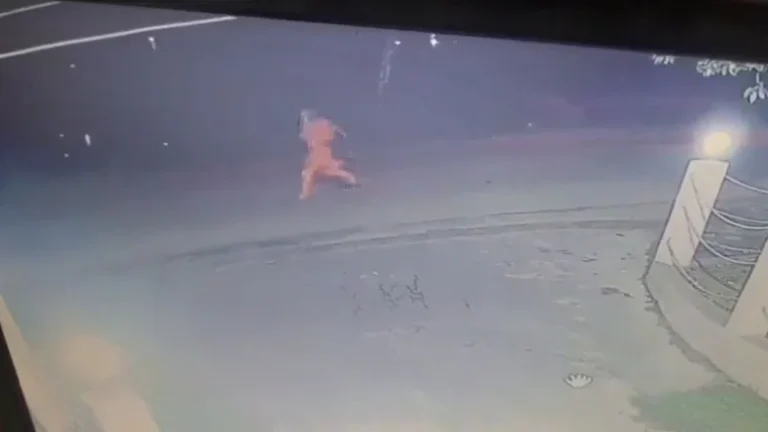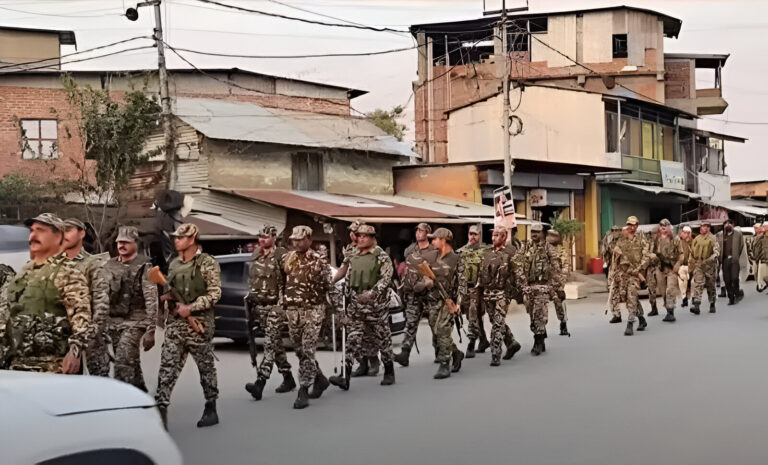Missing Madhya Pradesh Lawyer Archana Tiwari Found Near Nepal Border
Short summary: Archana Tiwari, a practicing lawyer at the Indore bench of the Madhya Pradesh High Court and a civil-judge aspirant who went missing on August 7 while travelling by the Narmada Express from Indore to Katni, was traced and found late on August 19 in Lakhimpur Kheri (Uttar Pradesh) near the India–Nepal border. Government Railway Police (GRP) officials confirmed she has been located and will be brought back to Bhopal for questioning; investigators are examining CCTV, mobile data and witness accounts to reconstruct how she disappeared from the train and ended up near the border.
When someone vanishes from a packed night train — a journey that should be routine — the disappearance feels like one of those optical illusions: at first glance nothing seems wrong, then you realize a whole chunk is missing. For Archana Tiwari’s family, colleagues and communities across Madhya Pradesh, the shock that began on August 7 stretched into sleepless, anxious days. When she was finally traced near the Nepal border 12 days later, it didn’t end the mystery — it turned the page to a complex investigation with questions about passenger safety, train policing, digital forensics and cross-border movement.
This story matters because it’s not just about one missing person. It’s about systems — the safety net of rail security, the responsiveness of police agencies, how quickly digital footprints are followed, and the fears families face when someone doesn’t return. It’s also about what we can do differently, right now, to keep travellers safer. So let’s unpack the timeline, the investigation, the possible scenarios, and — most importantly — practical steps passengers and authorities should take to avoid a repeat.
From train seat to border
On the night of August 7, Archana Tiwari boarded the Indore–Bilaspur Narmada Express headed from Indore to Katni. She was travelling to celebrate Rakshabandhan with family and carry gifts home. Her family last spoke to her at around 10:15 pm when she said the train was near Bhopal; shortly after, her phone went unreachable. When the train reached Katni the next morning, she did not get off — and that’s where alarm bells began ringing. Her bag was later found at Umaria station, but Archana herself was not. An immediate missing-person report was lodged at Rani Kamlapati (Bhopal) GRP station and a massive search was launched.
Over the next days, Government Railway Police and local units ran a multi-pronged inquiry: CCTV footage from stations along the route was reviewed, co-passengers were questioned, GRP cyber teams tracked mobile data and online activity, and investigators combed through the coach manifest to locate leads. By August 19, GRP personnel traced Archana to Lakhimpur Kheri near the Indo–Nepal border and confirmed that she had been located; a team was sent to bring her back to Bhopal and record her statement.
That’s the skeleton of chronology. The flesh — why she left the train, whether she walked, was taken off-board, or met someone at a station — is what investigators must now establish.
How the search unfolded: tech, taps and old-fashioned legwork
When someone disappears on a train, the investigation is part detective work and part digital forensics. Here’s the mix the GRP reportedly used:
- CCTV review: Station and coach CCTV are the first stop. Investigators look for images of the person boarding, moving in the corridor, or leaving the coach at a station. Camera blind spots can complicate things, but a careful sweep can reveal crucial moments.
- Passenger interviews: Dozens of co-passengers in the same coach were questioned; even one passenger’s detail about a conversation or an unfamiliar person nearby can be decisive. Reports say more than 50 passengers were questioned from the B-3 coach.
- Mobile-data and GPS tracing: Phone pings, last known cell towers, and any social-media activity give digital breadcrumbs. Investigators traced Archana’s phone location history and found her signal dropped after a certain point — a standard lead-following step.
- Ground searches and tip lines: GRP teams and local police followed up on public tips, monitored nearby transit hubs, and coordinated with adjacent state police units given the cross-state movement.
Put together, these elements formed an intelligence picture that eventually led to Archana’s trace near the Nepal border.
What officials said — facts and the careful language of police statements
Public statements from the GRP were measured and focused on process: they confirmed Archana had been located in Lakhimpur Kheri late on August 19 and would be brought back to Bhopal, and they emphasized that her recorded statement would clarify details. Officials also warned against speculation: locating her is the first step; understanding the circumstances requires interviews and corroboration. The GRP’s formal announcement reassured the public that the missing-person phase had transitioned to an investigative phase
FAQs
Q1: Where was Archana Tiwari found and who confirmed it?
A1: Archana Tiwari was traced in Lakhimpur Kheri (Uttar Pradesh) near the India–Nepal border; Government Railway Police (GRP) officials confirmed her recovery and said she will be brought back to Bhopal for questioning.
Q2: When and how did she go missing?
A2: Archana went missing on the night of August 7 while travelling on the Indore–Bilaspur Narmada Express from Indore to Katni; family members last spoke to her around 10:15 pm near Bhopal, and her phone was switched off thereafter. Her bag was later recovered at Umaria station.
Q3: What investigative steps did police take to find her?
A3: GRP and local police reviewed CCTV footage, questioned dozens of co-passengers, traced mobile and digital data, followed public tips, and coordinated across jurisdictions — steps that ultimately led to a trace in Lakhimpur Kheri.
Q4: Are trafficking suspicions being investigated?
A4: Early family concerns included the possibility of trafficking; police have not publicly ruled possibilities in or out, and investigators will assess evidence to determine whether trafficking is a factor. Authorities have reportedly questioned persons of interest as part of the probe.
Q5: What should travellers do to reduce risk on long train journeys?
A5: Practical steps include sharing travel plans with contacts, keeping phones charged, securing and labelling luggage, asking railway staff for help if you feel unsafe, and reporting suspicious activity promptly to GRP or ticket examiners.





